“The Land of Israel was the birthplace of the Jewish people,” declared Israel’s first prime Minister David Ben-Gurion on the stage at Beit Dizengoff, 71 years ago today. To avoid desecrating the imminent Shabbat, he scheduled the Declaration of the Establishment of the State of Israel for Friday afternoon, several hours before the cancellation of the British Mandate at midnight. Whether consciously or not, that shaped future relations of religion and state in the nascent nation. In keeping with Ben-Gurion’s vision of a melting pot, religion melded with the state after receiving its red membership booklet in the Histadrut labor union to the strains of “Hatikva.”
“The Land of Israel was the birthplace of the Jewish people.” It is fair to say that the paper devoted to interpreting the declaration’s opening line has caused the demise of at least one forest in Israel. But as the Museum of the Jewish People, we do not have the privilege of failing to address Jewish identity. Don’t worry. We won’t bother you with the hackneyed question of whether the Land of Israel really was the birthplace of the Jewish people. We’ll examine an even more banal question: “Who is a Jew?”
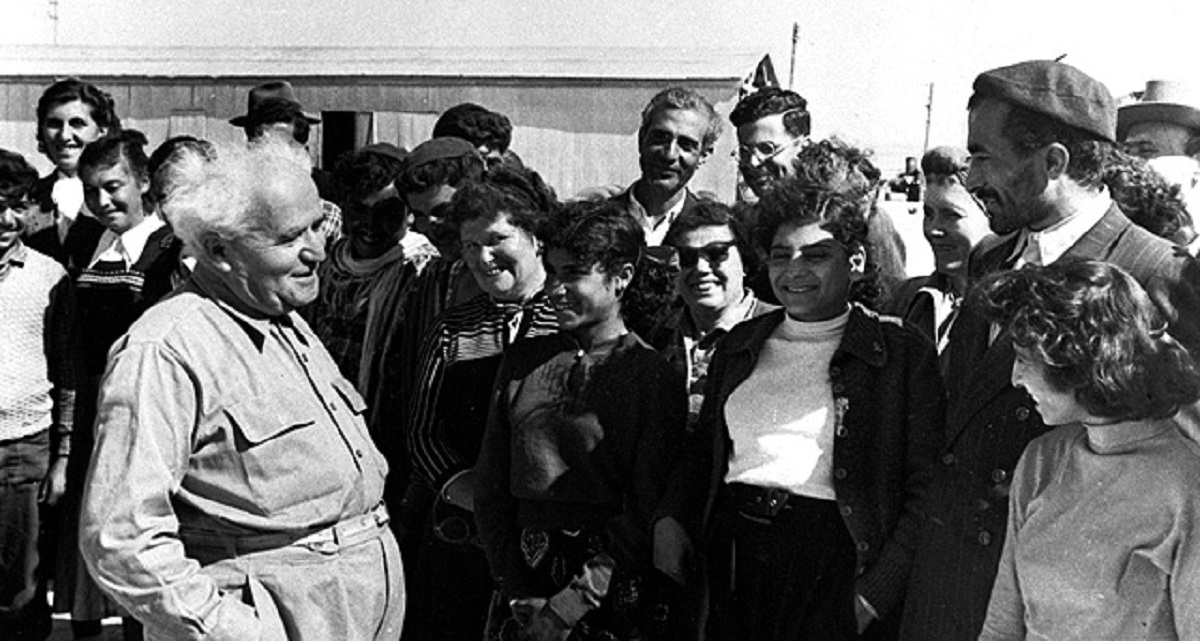
Does the definition of “Jew” rely on chromosomes, as the Nuremberg Laws determined; on chromosomes and Halacha, as per the Shulhan Aruch; on sociology, as Sartre claimed about Hebrew secularism (a Jew is someone recognizable as a Jew); on the new Jew that Ahad Ha’am or Bialik wished would be created; on socialist Messianism; on the opinions of Second Aliya pioneers; or on the nationalist-messianic yearnings of the Gush Emunim movement, which replaced Karl Marx with HaRav Kook?
Another, more radical, option is rooted in Biblical text – the adoption of Ruth’s vow to her mother-in-law Naomi: “Whither thou goest, I will go; and where thou lodgest, I will lodge; thy people shall be my people, and thy God my God.” Ruth cited common existential experience as a criterion for deciding who is a Jew.
Israel’s then-internal-affairs minister Yisrael Bar-Ari, a member of Ahdut HaAvoda, adopted Ruth’s “Rabbinate-bypass conversion,” in an attempt to separate religion and state in March 1958. He issued guidelines to the population administration’s clerks stating that “One who innocently declares himself a Jew must be registered as a Jew and no other proof is required of him.”
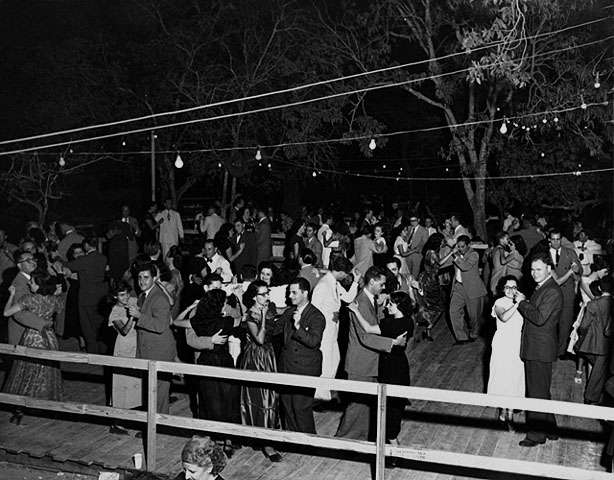
The publication of minister Bar-Ari’s guidelines was a response to requests from intermarried parents (a Jewish father and a non-Jewish mother or the opposite) that their children be registered as Jews. It kicked off a political earthquake. The guidelines were perceived as legalization of the secular approach and absolute neglect of the religious position. When the cabinet approved Bar-Ari’s guidelines, the Mafdal national-religious party’s ministers demonstratively walked out.
The Mafdal ministers’ exit led prime minister Ben-Gurion to address once and for all the question of “Who is a Jew?” The short-statured head of state sought the inspiration of another compact leader, Napoleon, who issued the famous “12 Questions” to his Council of Jewish Notables in July 1806, with the goal of clarifying the French Empire’s relations with the Jews.
Ben-Gurion did like Napoleon on October 1958, sending 50 “Jewish scholars” a letter asking for their thoughts on Jewish identity (who is a Jew). Ben-Gurion’s intellectual “big guns” in Israel and the Diaspora included rabbis, jurists, philosophers, writers, and academics. Among them were the great political theorist Sir Isaiah Berlin, the Chabad movement’s Lubavitcher Rebbe, Nobel-Prize winning author Shmuel Yosef Agnon, humanist thinker Abraham Joshua SHeschel, Rabbi Joseph Ber Soloveitchik, philosopher Akiva Ernst Simon and others.
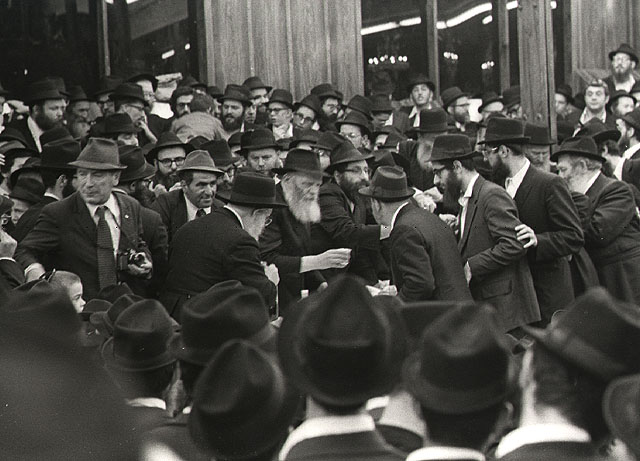
Space prevents us from presenting the responses of more than three people. “My opinion is absolutely clear,” wrote the Lubavitcher Rebbe in reply to Ben-Gurion’s questions, “in conformity with the Torah and the tradition accepted for generations, that in these matters there can be no validity whatsoever to a verbal declaration expressing the desire to register as a Jew. Such a declaration has no power to change the reality.”
The Chabad Rebbe continues, “A Jew is only a person born to a Jewish mother, or a proselyte who had been converted in conformity with the exact procedure laid down in the authoritative codes of Judaism from ancient times down to the Shulchan Aruch.”
Writer S.Y. Agnon opened his response in exceedingly flowery language that leads one to wonder whether this was one of Agnon’s typical winks to readers. Addressing Ben-Gurion as the “Minister of Ministers, Prime Minister, His Highness David Ben-Gurion,” he wrote, “I concur with the sages of Israel, who concur with and are faithful to the Torah, as it was interpreted by our sages of blessed memory and by the Guide to the Perplexed. And I have nothing to add to their statements or to subtract from them at all.” As an Orthodox Jew, Agnon adopted religious ruling. However, as a writer living among his people, Agnon executed a U-turn, noting that “Religion and state at this time are like two neighbors who are not comfortable with each other and recommending that, “you, upon whom the well-being and the welfare of the state depend, would do well to stay away from discussing matters of religion, for good or for better, so that your attention will be free for matters of state.”
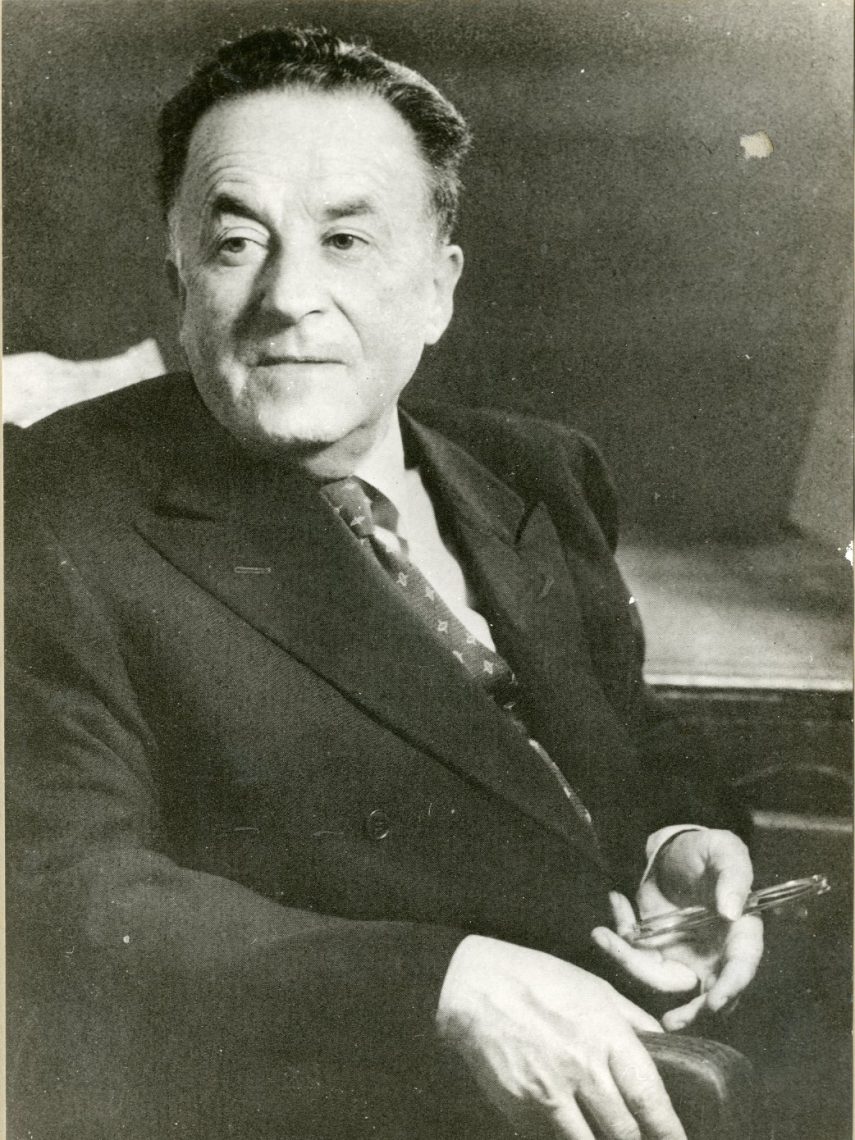
Writer Haim Hazaz, on the other hand, adopted the secular line, “In the past, when the People lived in the diaspora, religion had the power to preserve their Judaism and national existence. Times have changed and all the events have changed…and religion has been abandoned. The Yishuv in the Land of Israel vanquished its enemies and founded our State. And it was founded as strictly secular…Religion is not empowered to govern…that right is preserved for the individual in accordance with his will. Because halacha has no place in registration of residents – that is the sole domain of State law.”
To the chagrin of the secular Jews among us, most of the respondents – or to be exact, 37 – supported the Orthodox stand, maintaining that halacha is the only basis for defining Jewish identity. And the rest, like Hazaz, defined Jewish identity as national and secular.
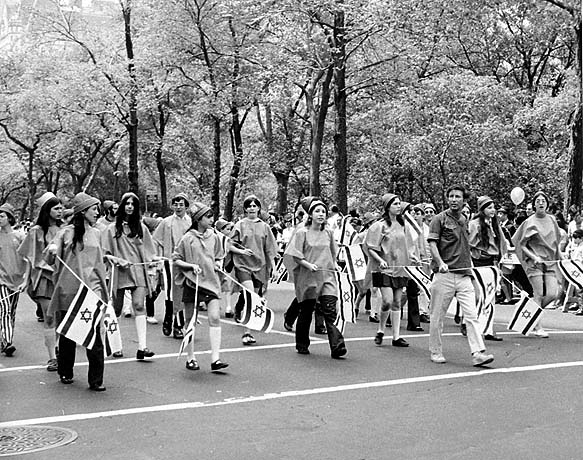
Apparently sensing how the wind was blowing, Ben-Gurion overturned Bar-Yehuda’s guidelines before he received all the replies. The Mafdal rejoined the new government that arose in December 1959. And in January 1960, then-interior minister Haim-Moshe Shapira (Mafdal) published guidelines stating that an individual would be registered as a Jew if he “was born to a Jewish mother and not a member of another religion, or was converted in accordance with halacha.” Since then, Orthodox-Judaism has had the upper hand.
Some say that Bar-Yehuda’s measure comprised a historic missed opportunity to separate religion and state. Others claim that the responses of Jewish sages to Ben-Gurion prove that these two entities are like indivisible Siamese twins.
Either way, we’ll still be arguing about this next Yom Ha’atzmaut. Hag ha’atzmaut sameach! Happy Israel Independence Day!